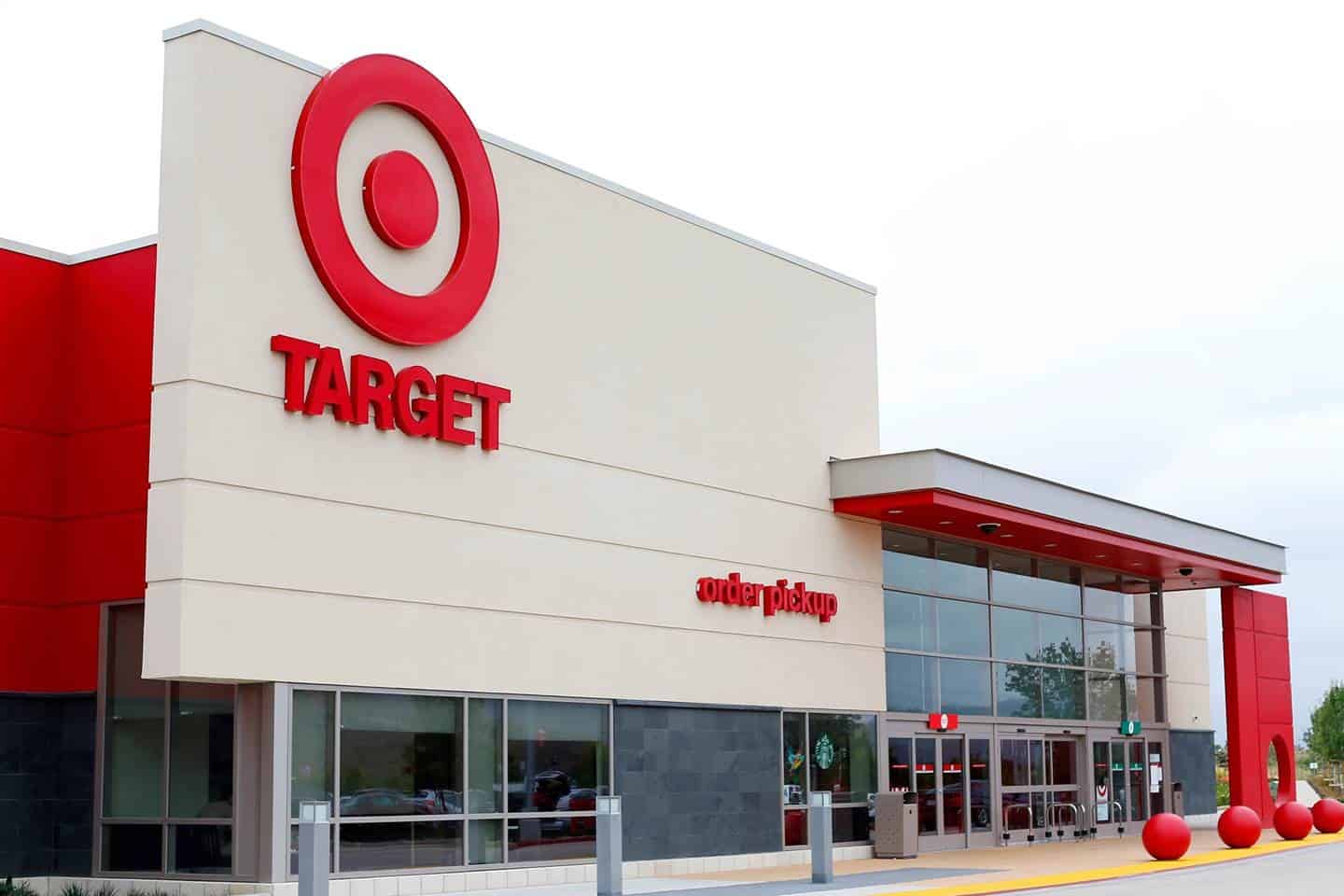Target is one of the top retail corporations in America, with headquarters located in Minneapolis, Minnesota, and ranking seventh among the largest retailers in the United States. Target was initially started as a division of Dayton by George Dayton in 1962. It was originally called Goodfellow Dry Goods in 1902 and was renamed Dayton’s Dry Goods in 1903. IN 1910, it was again renamed Dayton’s Company. The first Target store was opened in Roseville, Minnesota, in 1962. With the subsequent changes in the parent company’s name, Target Corporation was finally named in 2000.
Around 2004, Target started to expand all over the country, establishing store chains in urban markets. Target now owns 1948 stores in all states of America. In 2022 Fortune 500, Target landed 32nd on the list of the most prominent American companies by gross revenue. Target rose to success by offering discount prices with various collections, attracting US citizens. The company has divisions such as Super Target and small format Targets: City Target, and TargetExpress operating under the corporation.

Traget‘s Response to Customer Backlash:
Target, the leading retail company in the United States, has adjusted its marketing plans to support the LGBTQ+ community for Pride Month following backlash from some customers. While companies traditionally utilize Pride Month as an opportunity to engage with the LGBTQ+ community, this year’s campaigns and plans have become more complex due to the present political climate, particularly concerning transgender issues.
Target faced criticism for selling its Pride collection, which included clothing and books for children, which brought outrage from some individuals. Due to this, Target decided to move its Pride displays, featuring rainbow-striped collared shirts, yellow hoodies, and baby clothing, from the entrances of some stores to the back.
They came to this decision because of the threats they received, impacting the safety and well-being of Target’s employees, who had already faced confrontation from certain customers, including screaming and throwing merchandise on the floor. Misinformation played a role in the controversy when some critics falsely accused Target of selling children’s swimsuits designed for concealing genitalia. In response, Target clarified that the swimsuit was only available for adults. Their Pride collection also included children’s books addressing transgender issues and gender fluidity.

The backlash was amplified through social media when one woman’s TikTok video expressing anger at a greeting card and a onesie, therefore calling for a boycott of Target, went viral. To control these volatile circumstances, Target announced changes to its plans and the removal of items that had been the reason for such aggressive behavior. The company affirmed its commitment and support to the LGBTQ+ community and Pride Month. However, critics argue that Target’s change of plans, along with a backlash against Bud Light’s collaboration with a transgender influencer, may alienate the very community they seek to support.
The current political environment has become even more challenging for companies and marketers during Pride Month. Several Republican-led states have passed legislation restricting transgender rights, making it a pressing issue for many conservatives and activists. As a result, GLAAD, an LGBTQ+ advocacy group, is considering introducing a “Pride war room” to support brands in tackling the criticism and push back against the politicization of transgender and gender-fluid individuals.
While some companies are moving forward with their Pride Month plans, others have become cautious. Target’s decision to adjust its Pride Month plans has drawn criticism from LGBTQ+ advocates as they saw it as a concession to pressure. The backlash against Bud Light, and a significant drop in sales right after partnering with a transgender influencer, demonstrated the challenges faced by companies with politically conservative individuals as a substantial part of the customers.
Despite the backlash, recent research by GLAAD suggests that consumer sentiment for the representation of LGBTQ+ in marketing campaigns still remains favorable. However, companies must be prepared to address right-wing criticism while celebrating diversity. Balancing support for the LGBTQ+ community and employee safety while also addressing conservative backlash creates intricate and complex situations for companies. Their response to these challenges and how they handle them will shape the future of LGBTQ+ representation and Pride Month campaigns in advertising.
Also Read: In the Spotlight: ‘Still’ A Michael J. Fox Movie – Garners High Praise and Winning Hearts




